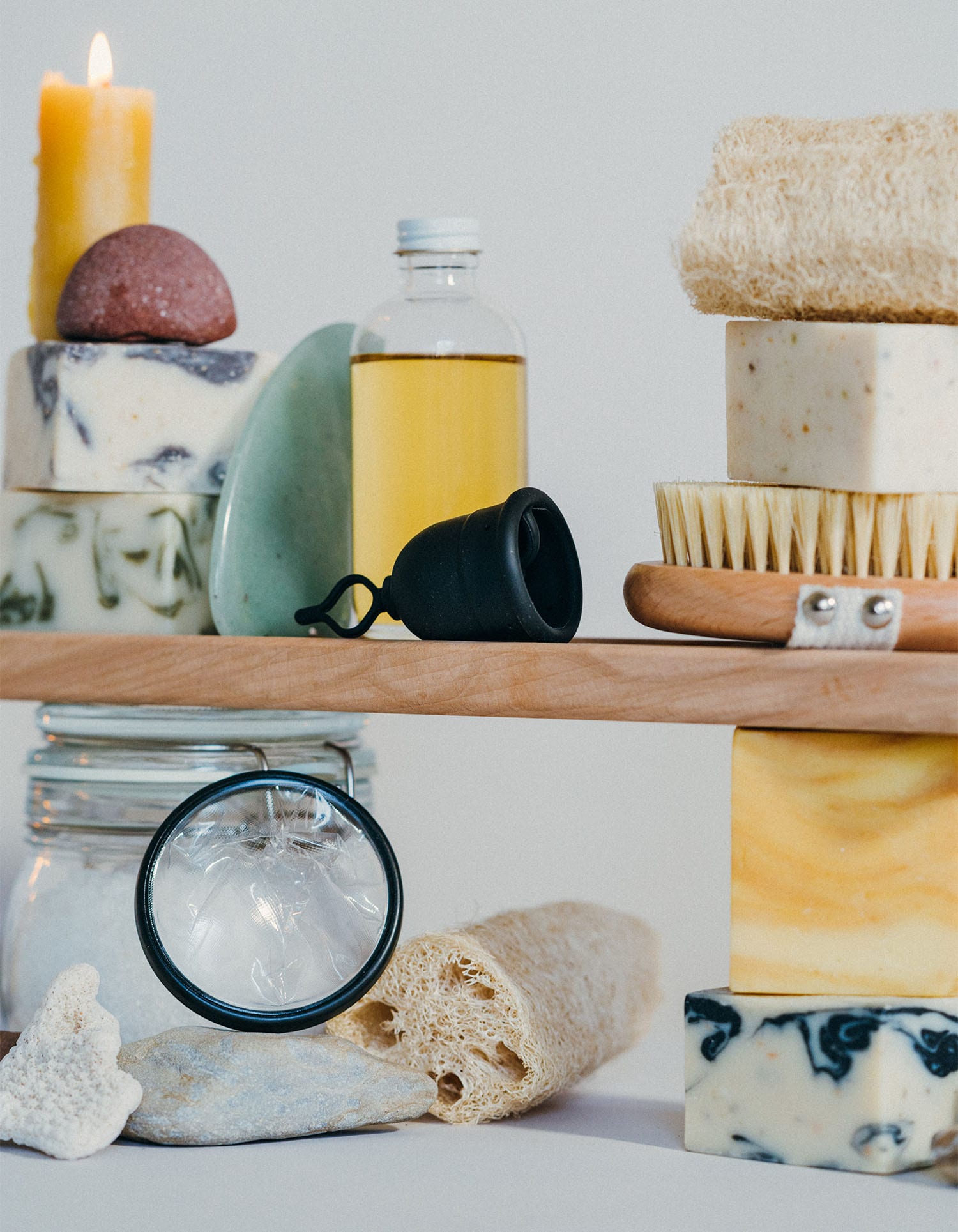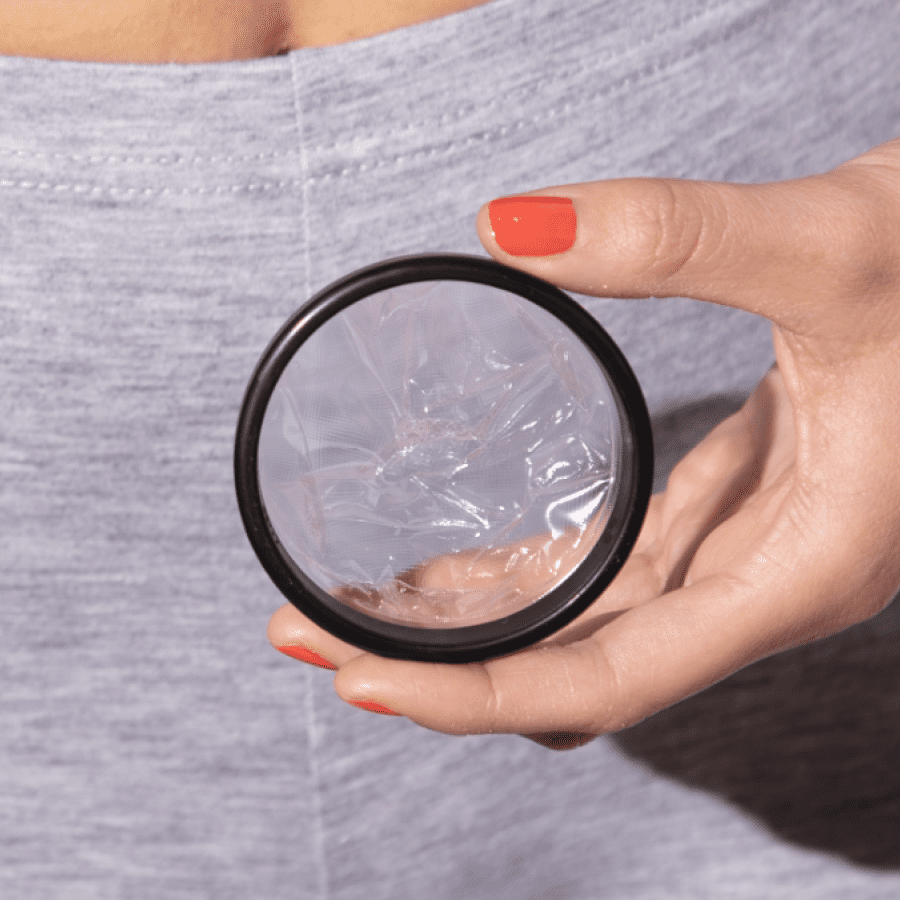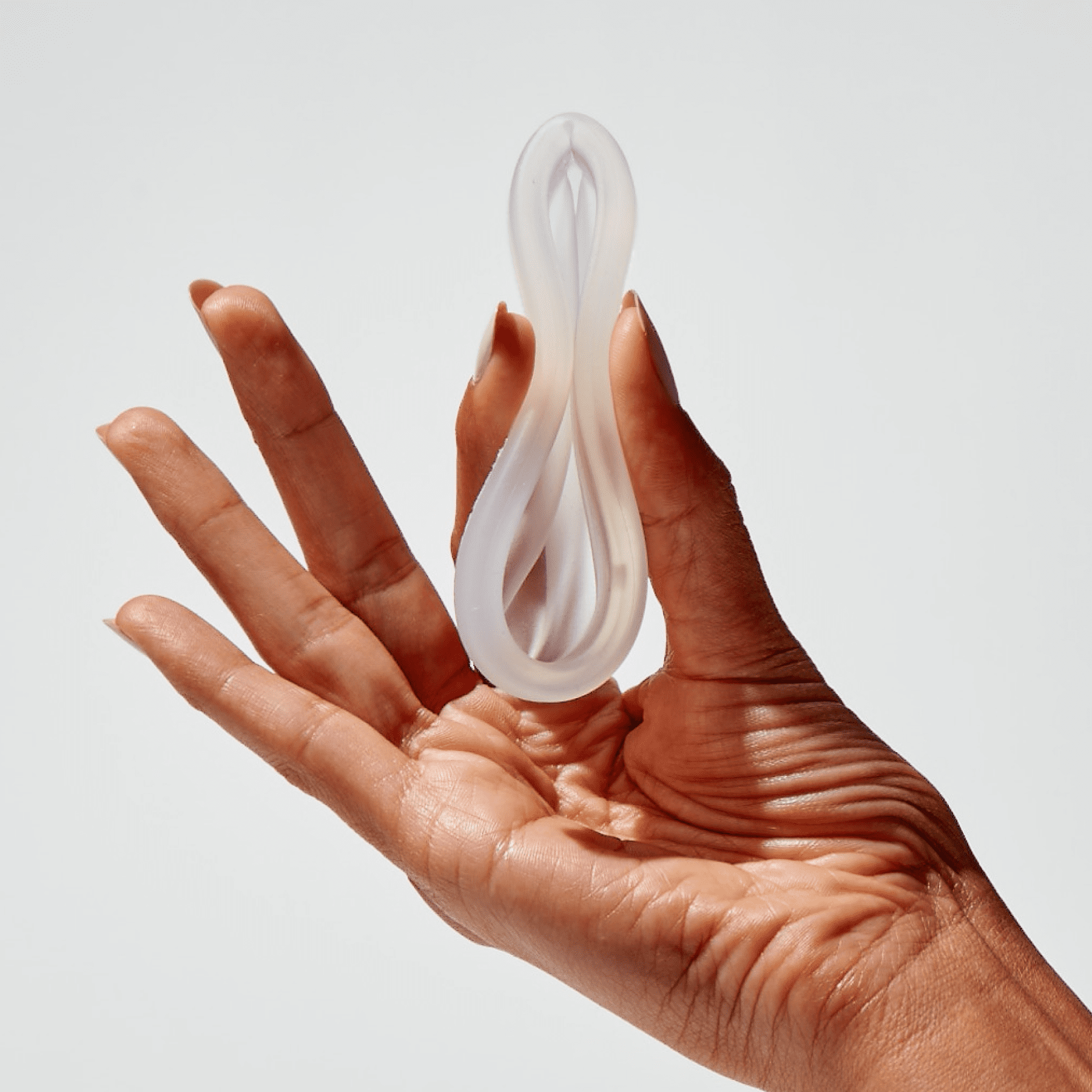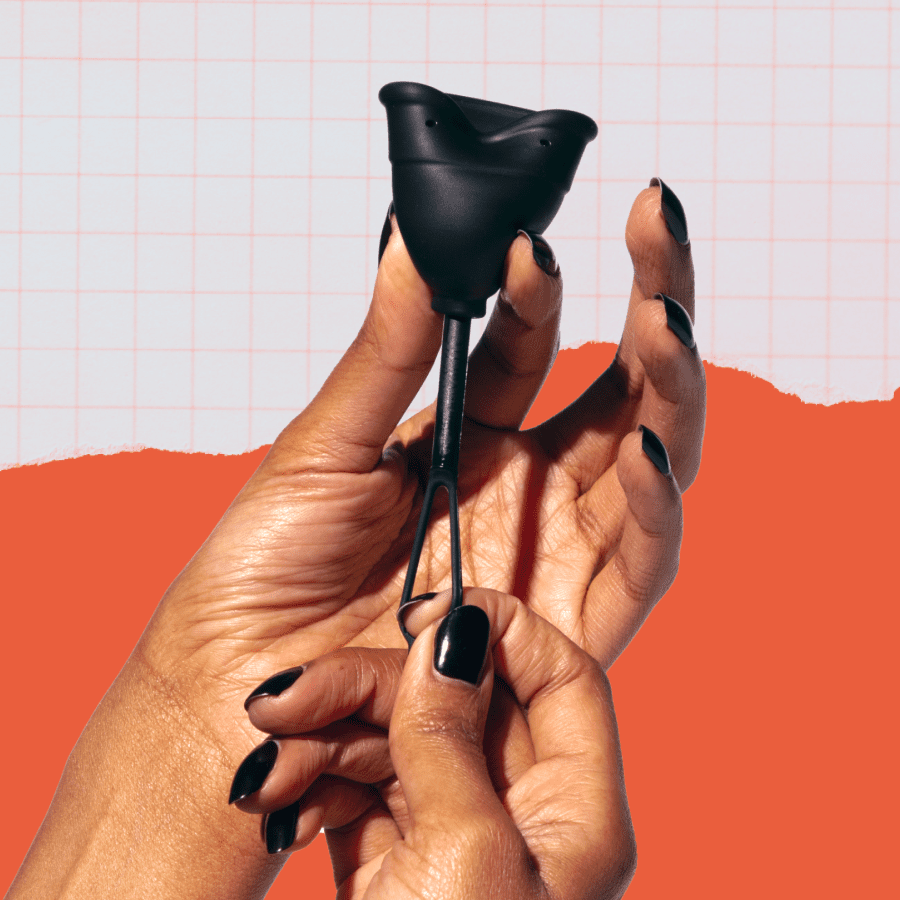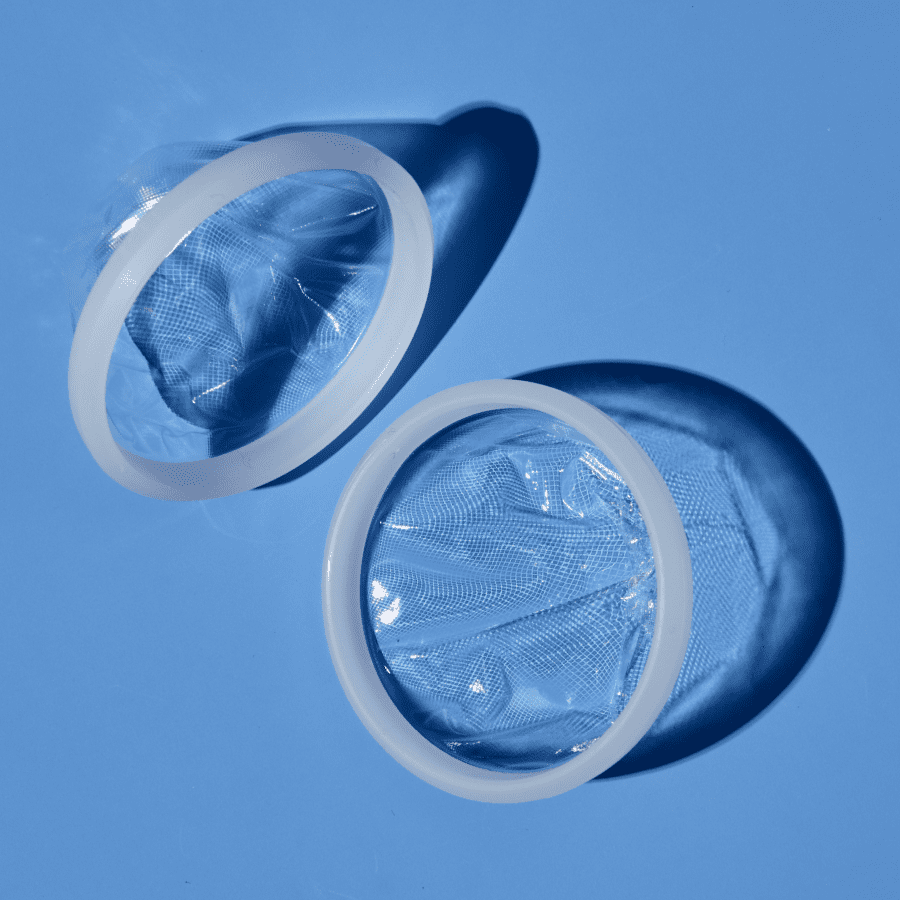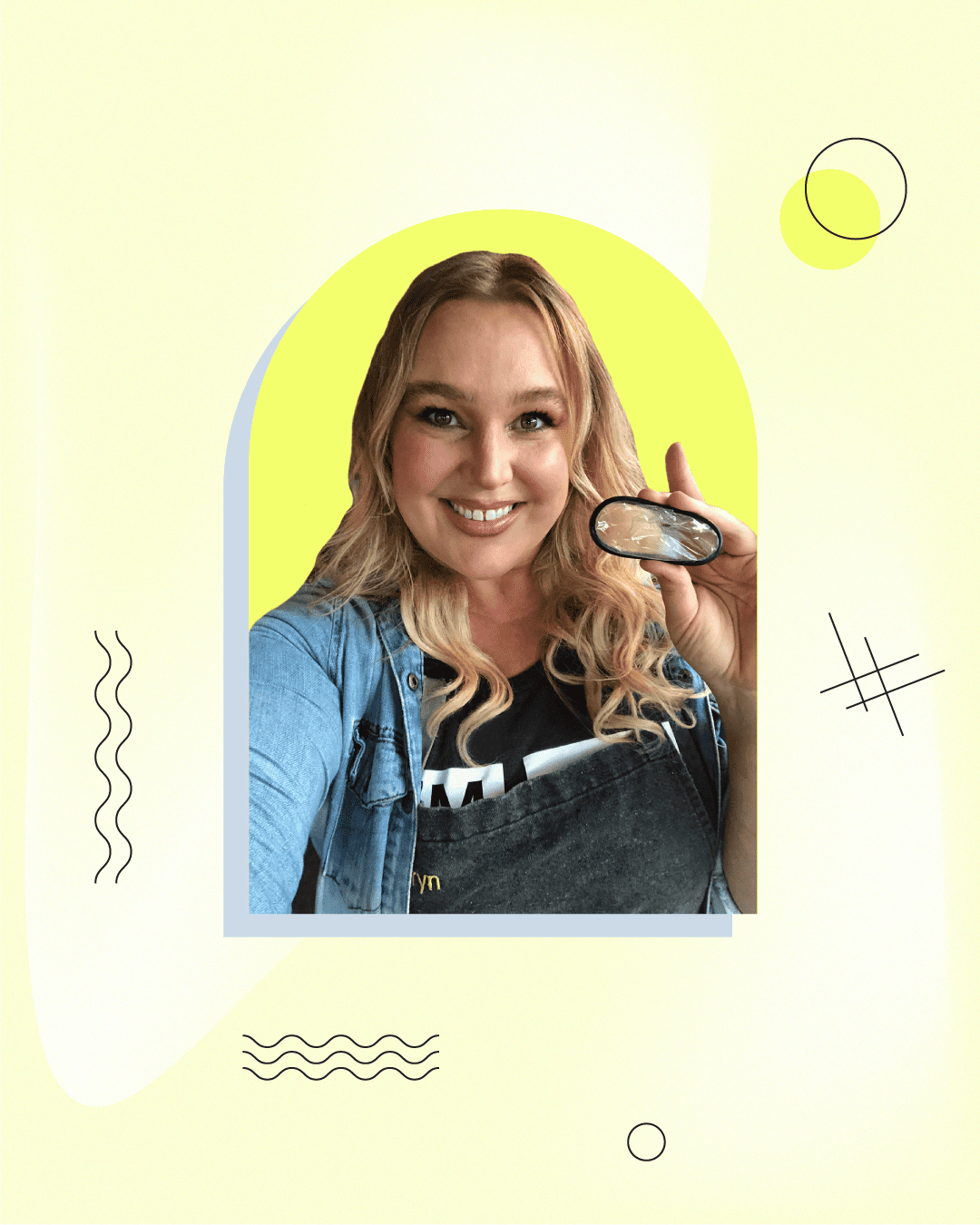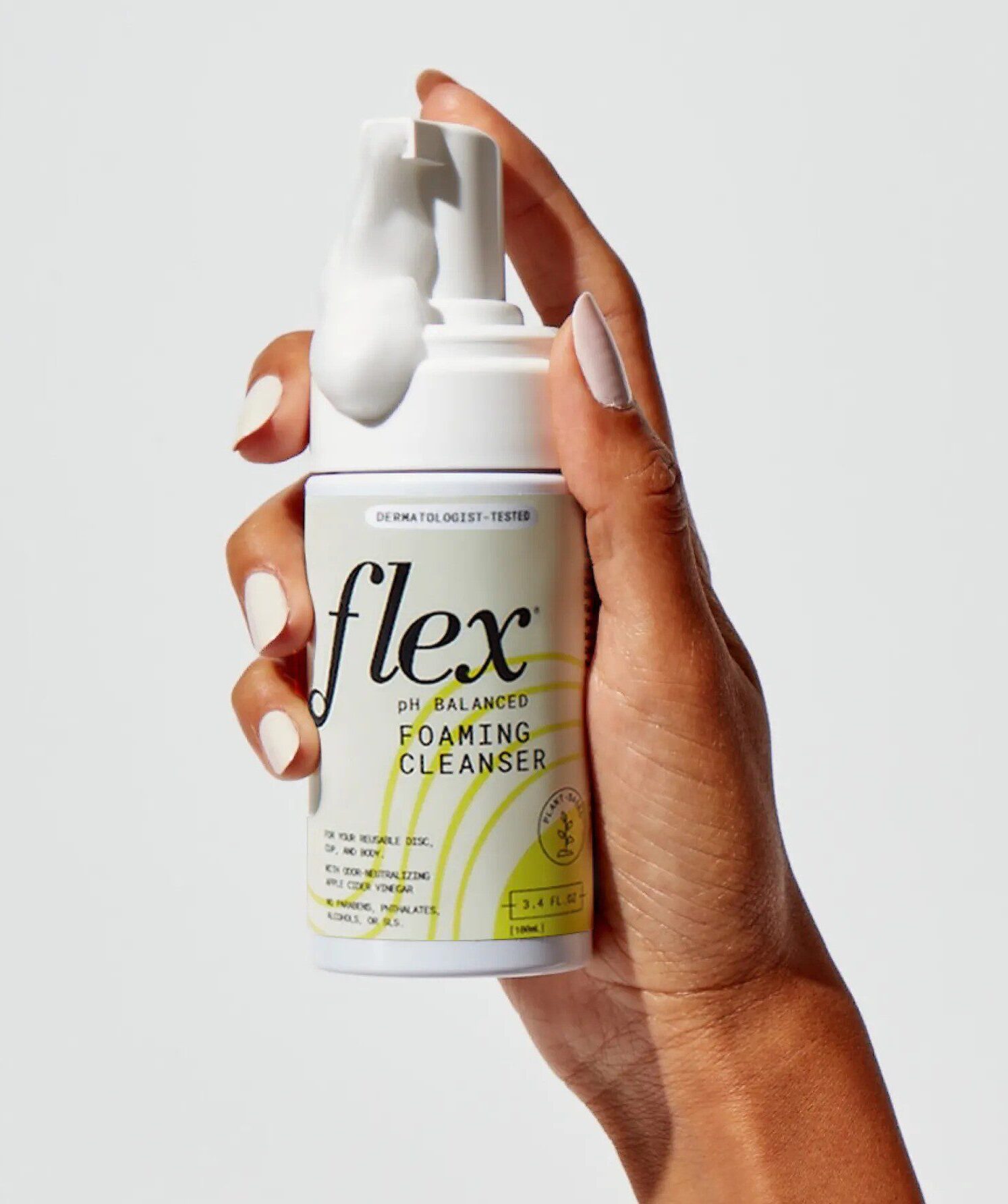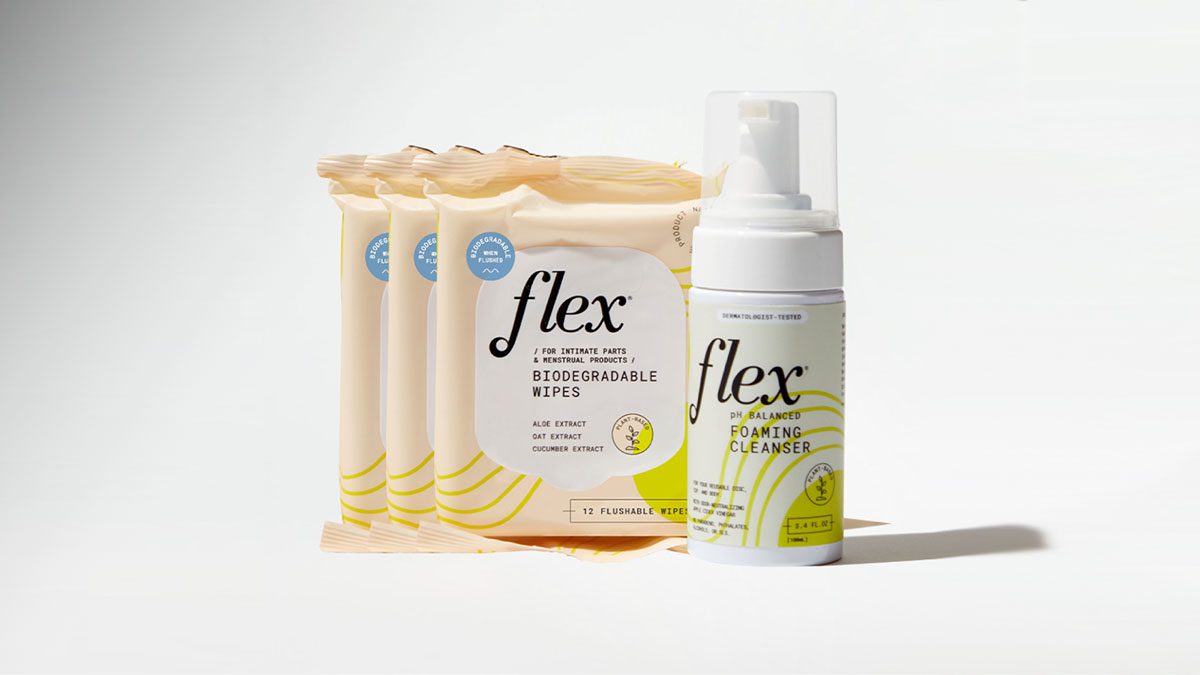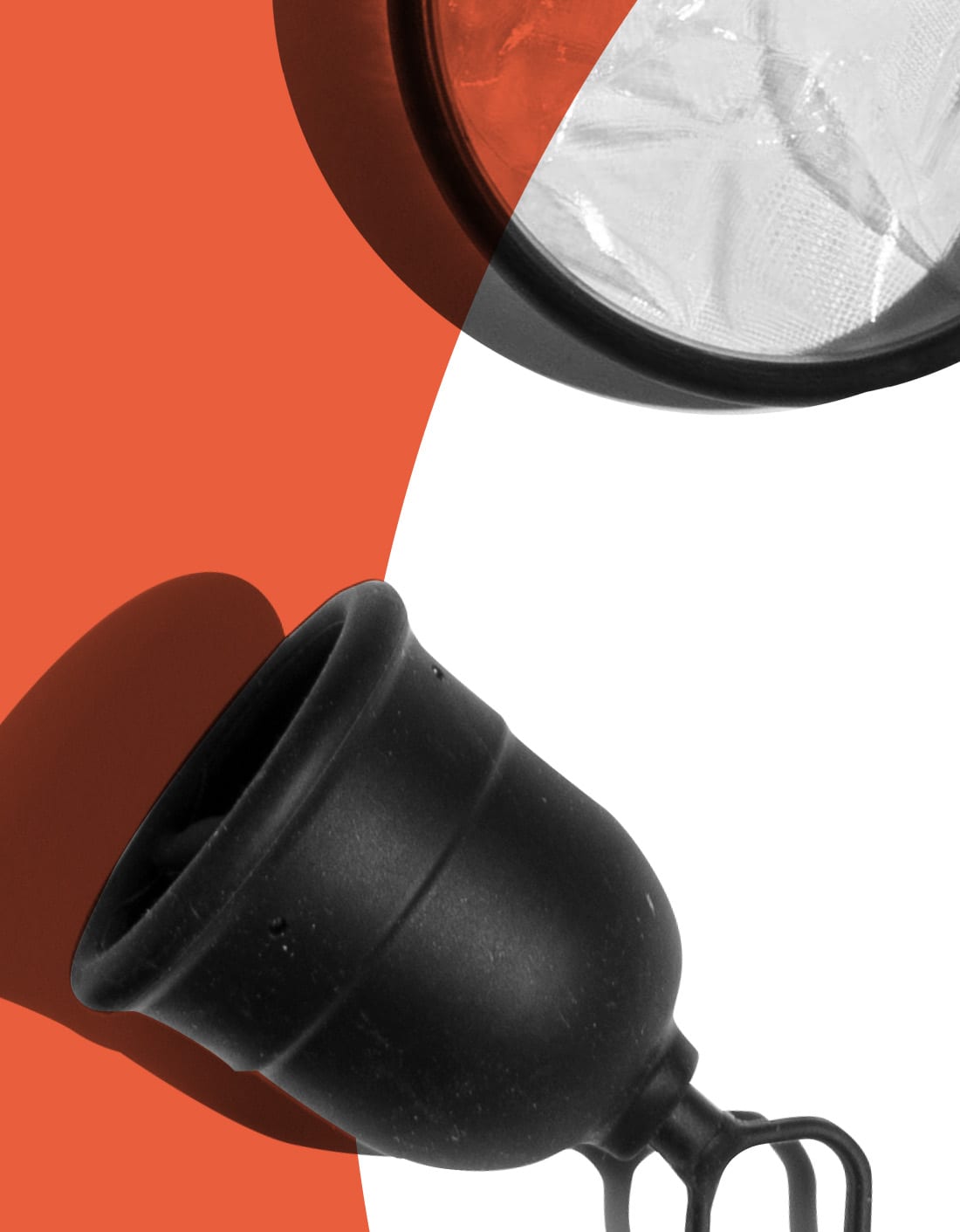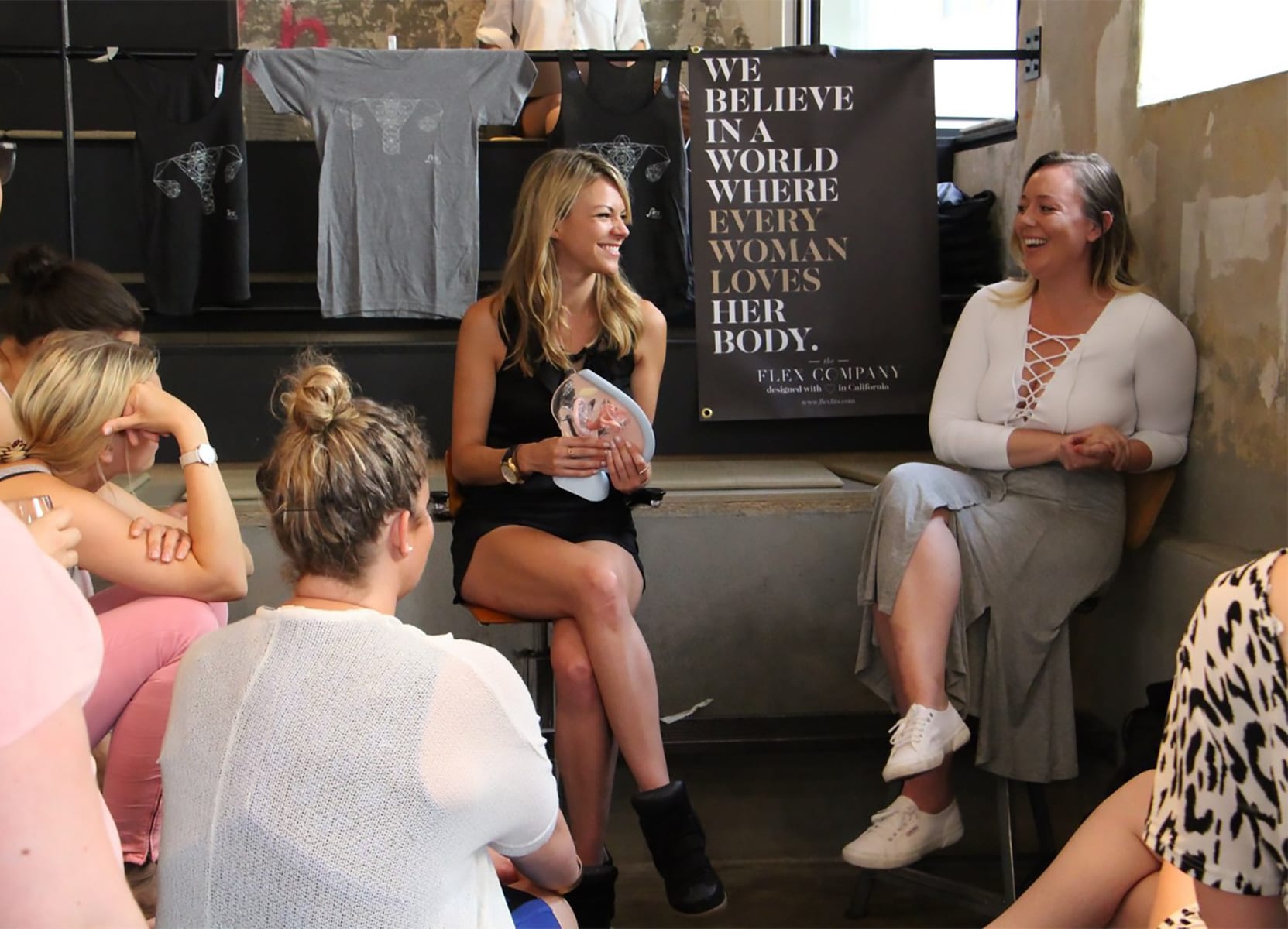Reusable & sustainable period products: How far we’ve come
We’re making strides towards planet-friendly periods
Single use products such as disposable pads and tampons have been making the lives of menstruators more convenient for decades, but at what cost? A sanitary pad can be worn for 4-6 hours. Nevertheless, it takes 500-800 years to break and decompose.1 Plus, most pads contain plastic materials that can be irritating to the vulva’s sensitive skin.2
Tampons aren’t so innocent, either. The average tampon’s plastic applicator disintegrates into tiny microplastics that end up in the bellies of fish in the ocean. Plus, the absorbent cotton tube that gets inserted into the vagina can contain plastics, as well.
According to The Global Sustainability Institute, 86 percent of menstruators are aware of the environmental impact of disposable period products. Yet, the average menstruator uses 275-330 pounds of tampons, pads and applicators in their lifetime.1
Luckily, the period product industry has made significant strides in creating more sustainable and reusable product options over the last twenty years. Pads and tampons have been upgraded with reusable, biodegradable, and/or organic materials.
Menstrual cups, discs, and other insertable products have gained significant popularity. The global menstrual cup market alone is expected to reach $963 million by 2026, up from $632 million in 2018. 3
Even after the birth of this greener generation of eco-friendly period products, we’re still up against the period stigma. Some of these products require that you feel comfortable with your own period blood. Some cultures still believe that period blood is “gross” or “dirty,” remaining uninterested in pursuing sustainable options for their period care.
The best thing we can do to combat the stigma is to keep talking about our periods. Let’s keep talking about how to minimize our waste, and what products are safe for our vaginas and the planet. Every little choice adds up: A single menstrual cup can save ~4,000 disposables from sitting in landfills and polluting our oceans.4
We’ve rounded up a few period products on the market that can help reduce the impact of plastic waste.
Flushable & biodegradable pads
The biggest sustainability issue lies in a single layer of non-biodegradable plastic adhesive at the bottom of menstrual pads. This thin layer of plastic adhesive won’t eventually break down into nutrients that the earth could use. This is part of why flushing a pad down the toilet causes major sewage problems.5
EnterPlanera, a company that invented menstrual pads that are completely flushable and biodegradable. To solve this problem, Planera created a pad with three main absorbent layers made out of natural fibers. These natural fibers disintegrate completely when you drop the pad in the toilet. Instead of the plastic adhesive layer, Planera created their “UpFlow Barrier,” which prevents leakage and is completely safe to flush.
Right now, Planera is still in its product trial phase. If you’re interested in supporting their cause, you can sign up to test their products on their website.
Looking for other biodegradable choices already available to purchase? Saathi, a menstrual products company based in India, has developed and launched sanitary pads made from biodegradable banana fibers. The banana fibers act as a super absorbent core, capable of absorbing nearly as much period blood as traditional pads. Additionally, these environmentally friendly period pads break down after only 6 months in a landfill (1200X faster than regular pads).
Saathi pads are currently only available in five global markets: South Asia, Southeast Asia, Middle East, East Asia, and Eastern Europe. Fingers crossed we’ll start to see more biodegradable choices entering U.S. markets in the coming years!
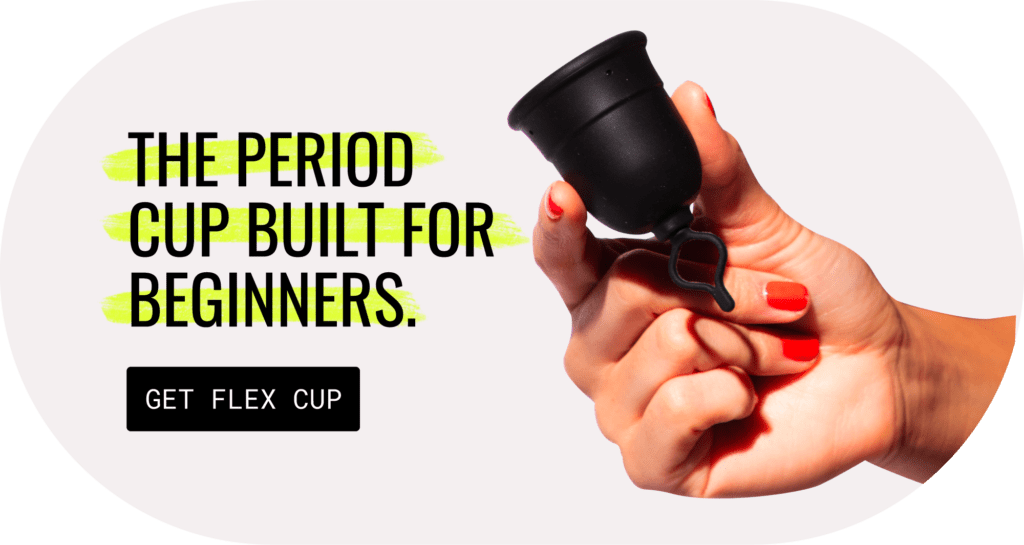
Reusable period pads
In developing countries like Uganda, menstruators don’t have the same access to pads and tampons. Most young people resort to using cotton rags, newspapers, or goat skins as makeshift pads. This can lead to bacterial vaginosis, urinary tract infections, and pelvic inflammatory disease.6
Without proper menstrual hygiene products, students with periods are likely to stay home instead of going to school. These young menstruators miss out on opportunities to advance academically and professionally. In the long run, this contributes to gender inequality and inequity.
When menstruators do gain access to pads or tampons, it’s unlikely that their communities will have the correct practices to dispose of their waste. This can add to feelings of shame around their periods. If students don’t know how to properly dispose of their pads, their plumbing system will suffer significant damage over time. This will also result on fewer spaces for menstruators to change their products privately.7
Thankfully, Ugandan company AFRIPads is making waves in African menstrual equity by creating reusable menstrual cloth pads. Sold in Africa, these pads feature a soft top layer made with quick-drying fleece. They also feature snap buttons at the wings to attach the pad securely to underwear.5
AFRIPads are an affordable and sustainable solution for period needs. Plus, they can be used for up to 12 months, saving the earth from non-biodegradable menstrual waste.
Interested in jumping on the reusable sanitary pad bandwagon yourself? There are a number of manufacturers that offer washable cloth menstrual pads in the United States:
- Rael sells reusable organic cotton pads that can be machine washed after each use. To keep the pad in place, they feature a button snap closure at the wings, instead of the non-biodegradable adhesive. The service life of pad can be used up to 120 times.
- Aisle offers reusable panty liners, period pads, and reusable period underwear made from breathable cotton. Like Rael, they’re machine wash friendly and use snaps to stay in place.
- Lunapads are available on Amazon and work similarly to the other brands mentioned above. However, they feature a high-performance wicking cotton top layer and a super-absorbent microfiber core.

Reusable tampon applicators
Disposable tampons are made of three distinct parts:
- The barrel, where the bullet-shaped compressed cotton rests until it’s time for application
- The plunger, which gets pushed to help guide the tampon into the vaginal wall; and
- The actual tampon, which refers to the compressed cotton that sits in the vagina to absorb period blood.
Some tampon brands have a flushable and biodegradable cotton core. However, their applicators are often made of plastic, which sits in a landfill for years. Applicators can be also made of cardboard, which breaks down a bit faster than plastic but still isn’t necessarily biodegradable.
Although it takes a very long time, when plastic applicators disintegrate, they turn into microplastics. These microplastics then make their way into our oceans and are consumed by fish and other marine wildlife. Each year, fish in the North Pacific ingest between 12,000 to 24,000 tons of plastic. This not only harms marine life species, but also transfers plastic up the food chain.8
To help solve this problem, the creators at DAME invented the first reusable tampon applicator. According to DAME’s website, the material used in the applicator contains zinc, which has natural antimicrobial properties. They state that, “As long as the material is treated properly this [self-sanitizing] technology lasts a lifetime.”
Each Reusable Applicator Set comes with a tampon storage tin, a travel wallet and 6 organic cotton tampons. You can pair the reusable tampon applicator with their own brand-name organic tampon refills, or with other non-applicator tampons.
Washable & reusable period underwear
For those who prefer wearables over insertables, period underwear might be your best shot. There are a number of brands to choose from within the US. They’re all pretty similar to reusable menstrual pads or liners in terms of wear and upkeep.
Knix, an underwear brand based in Canada, uses triple-layer technology to make period panties. They are capable of absorbing up to 8 tablespoons of urine or blood (so they are also good for bladder leakage). According to their website, the absorbent thin fabric layers dry period blood instantly while simultaneously trapping odors. Unlike many other brands, Knix period underwear can be machine-washed in cold water and tumble-dried.
Another popular period underwear pick is Bambody, a brand available on Amazon at a somewhat lower price point than other competitors. They absorb up to 2 regular tampons and can be worn during your period – or during times when you’re experiencing more vaginal discharge than usual.
Period underwear has rapidly gone mainstream over the past several years. However, there isn’t a lot of research about their long-term sustainability, environmental impact, and their relationship to vaginal flora. Investing in period underwear can actually save you some cash down the road. By doing so, you will also be allowing the earth to breathe a little bit easier.
Menstrual cups & discs
Finally, we’ve come to the royalty of sustainability with these two fabulous products: enter the menstrual cup and disc. Of course, we’re partial to our very own Flex Cup™, which is made out of medical-grade silicon. However, there are dozens of brands on the market to experiment with until you find your perfect match.

According to several studies, menstrual cups are proven to be one of themost sustainable and cost-effective period product option. Dutch researcher Iris Flamand found that a typical menstruator will use 11,342 disposables in their lifetime. This amount could be heavily reduced by using a menstrual cup or reusable menstrual disc, as they can last for years.4 Imagine only having to go to the store and buy period products once every few years… Wow, heaven is real.
When considering switching to a menstrual period cup, keep in mind that it does take some time to get used to it. Your cervix, flow, and comfort level with your own body will all play a role in adapting to menstrual cups. However, we’ve found that it only takes a few cycles for new users to master the insertion and removal technique.
Menstrual cups require a little bit of love and upkeep to keep them functioning at their best for their lifespan. You’ll need to boil your cup at the end of each menstrual cycle to sanitize it. We also advise washing it with warm water and a gentle, oil-free and fragrance-free soap between wears.
Not ready to commit to a menstrual cup? Menstrual discs are an excellent alternative. Most menstrual discs (including Flex Reusable Disc™) can hold three to six times more blood than pads and tampons, great for heavy flow. Flex Discs can also can be worn for up to 12 hours.
By switching from pads and tampons to menstrual discs, you can reduce your overall plastic waste, making a very real impact on your sustainability efforts.
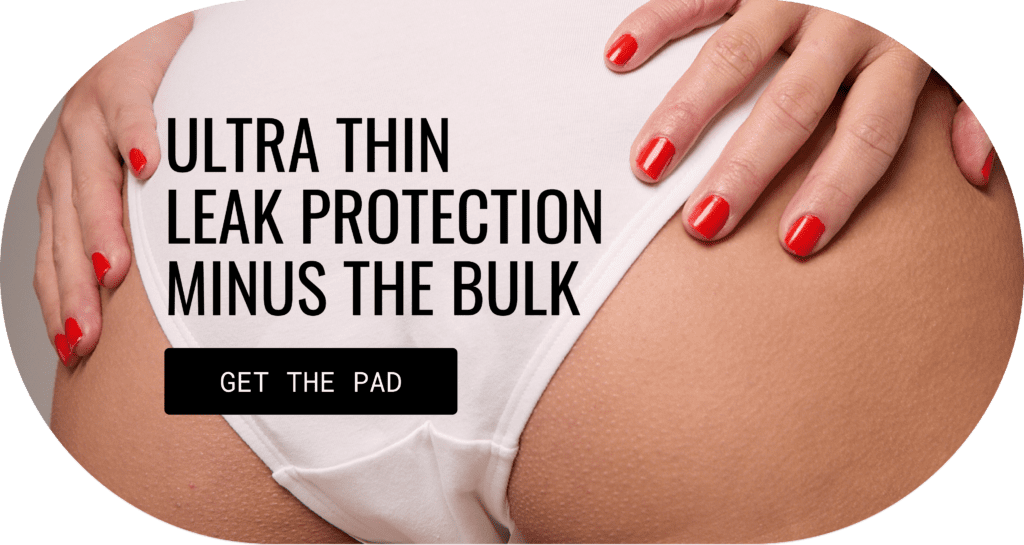
Vaginal sea sponges (maybe someday)
Yes, you read that right. An actual sea sponge from the ocean can be inserted into the vagina to absorb period blood. Historians speculate that they were one of the earliest methods used to contain period blood. However, they did present several health risks that users should be aware of before considering sponges as an alternative period product.
Namely, sea sponges from the ocean tend to contain grit, sand, bacteria, and other contaminants. These contaminants put users at risk for vaginal infection or toxic shock syndrome. The FDA has not approved these products for safety standards. This is why natural sea sponge producer brands like Jade & Pearl can’t advertise their products specifically for menstruation.9
According to Jade & Pearl’s product information, their menstrual sea sponges are antimicrobial and do not contain any harsh or toxic chemicals. Additional information also mentions that they last 3-6 months and, since they’re all-natural, they will decompose at a faster rate than most disposable products. However, due to the risk for infection, we don’t recommend using sea sponges in your vagina at this time.
It’s possible that we’ll see more innovation around the “period sponge” concept in the coming years. Perhaps incorporating newer, reusable and/or biodegradable materials with a lower risk for infection or other health problems. Until that time comes, stick to the other eco-friendly choices on this list!
What are the benefits of using sustainable period products?
Sustainable period products offer numerous benefits, including reduced environmental impact, cost savings over time, and enhanced comfort. By choosing items like reusable pads or menstrual cups, users contribute to less waste while enjoying healthier materials that are often free from harmful chemicals found in traditional products.
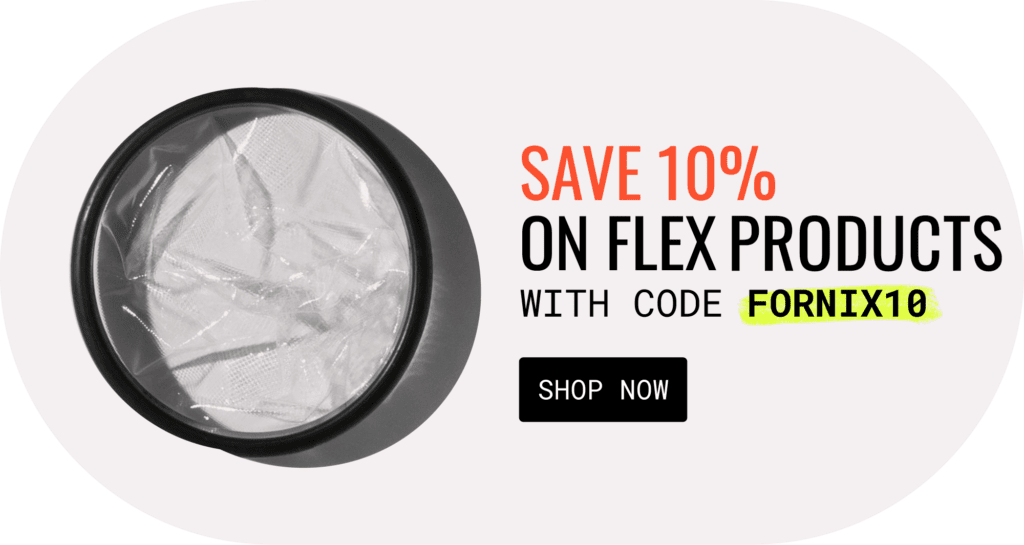
Do your part: How to take steps towards a greener future
It can be really daunting to stare at supermarket aisles filled with disposable period products containing plastics and harmful chemicals. It can make it hard to believe your actions matter, but trust us: They do!
With this new knowledge about sustainable period products, you can go forth with confidence that every little choice makes a difference. Here are a few things you can do to create change:
1. Free-bleed.
Let the good times roll when your period comes around and get comfortable with the wonders of menstrual blood. If you’re working from home, throw down an old towel and go pants-free. You can also put on a pair of dark-colored regular underwear or designated “period pants” that you aren’t too attached to.
2. Switch to a sustainable period product.
One menstrual cup can save almost 4,000 disposable sanitary napkins and tampons from ending up in landfills and sewage systems. We can’t stress this enough: every little choice makes a big difference.
3. Be patient.
Switching to new sustainable period products can take some getting used to. Once you’re past that transitional period, you’ll see big cost savings and major benefits for the planet.
4. Tell your friends about it.
It’s always a good time to talk about sustainable period care options. Slip it into the conversation the next time a friend asks if you have a spare pad or tampon. You can also post about what you know on social media.
Know of any other sustainable period care options that we should share with our readers? Feel free to send us a message at thefornix@flexfits.com.
This article is informational only and is not offered as medical advice, nor does it substitute for a consultation with your physician. If you have any gynecological/medical concerns or conditions, please consult your physician.
© 2025 The Flex Company. All Rights Reserved.
- Peberdy, E. (2019, January 17). A study into public awareness of the environmental impact of menstrual products and product choice. MDPI. https://www.mdpi.com/2071-1050/11/2/473/htm[↩][↩]
- Gao, C., & Kannan, K. (2020). Phthalates, bisphenols, parabens, and triclocarban in feminine hygiene products from the United States and their implications for human exposure. Environment International, 136, 105465. https://doi.org/10.1016/j.envint.2020.105465[↩]
- Menstrual cup market size, share and industry analysis. (2020, April). Allied Market Research. https://www.alliedmarketresearch.com/menstrual-cup-market[↩]
- Flamand, I. (2018). The Menstrual Cup Effect. Student Undergraduate Research E-Journal, 4. https://doi.org/10.25609/sure.v4.2858[↩][↩]
- Scott, L., Montgomery, P., & Steinfield, L. (2013, October). Sanitary Pad Acceptability and Sustainability Study. University of Oxford. https://eprints.soas.ac.uk/21933/2/7PageReport.pdf[↩][↩]
- Tiwary, A. R. (2018). Role of menstrual hygiene in sustainable development goals. International Journal of Health Sciences and Research, 8(5), 377-387. https://www.ijhsr.org/IJHSR_Vol.8_Issue.5_May2018/53.pdf[↩]
- Musaazi, M. K., Mechtenberg, A. R., Nakibuule, J., Sensenig, R., Miyingo, E., Makanda, J. V., Hakimian, A., & Eckelman, M. J. (2015). Quantification of social equity in life cycle assessment for increased sustainable production of sanitary products in Uganda. Journal of Cleaner Production, 96, 569-579. https://doi.org/10.1016/j.jclepro.2013.10.026[↩]
- Center for Biological Diversity. (n.d.). Ocean plastics pollution. https://www.biologicaldiversity.org/campaigns/ocean_plastics/[↩]
- Warning Letter — Jade & Pearl, Inc.(2014, May 20). U.S. Food and Drug Administration. https://www.fda.gov/inspections-compliance-enforcement-and-criminal-investigations/warning-letters/jade-pearl-inc-05092014[↩]
